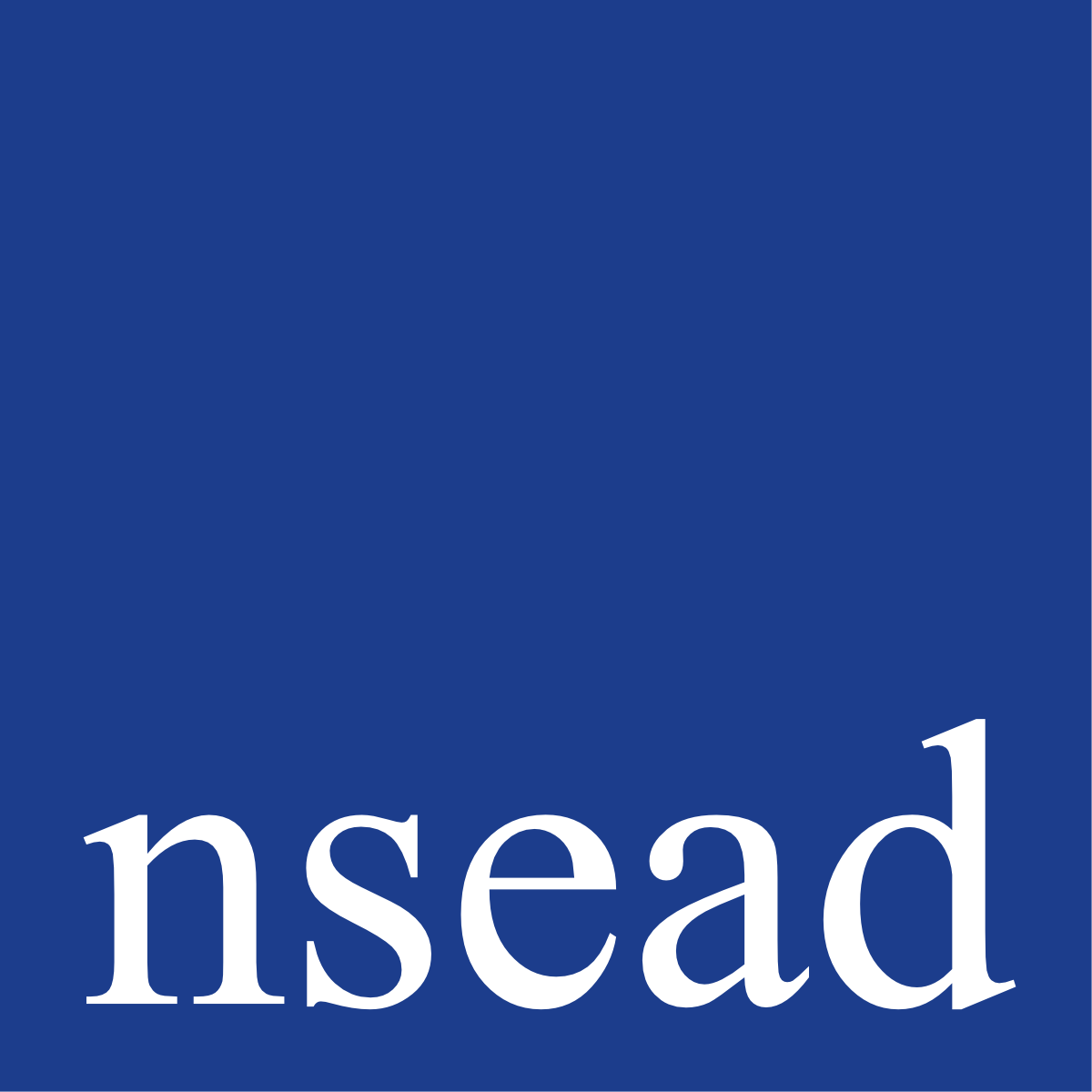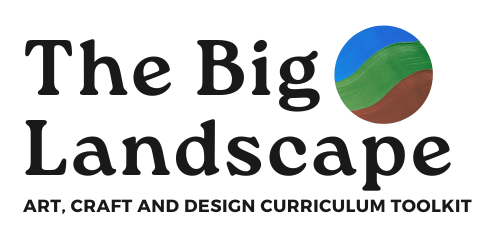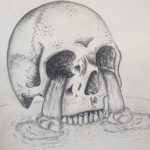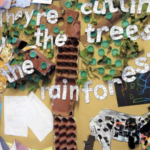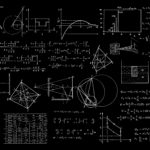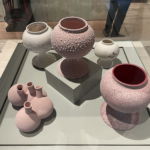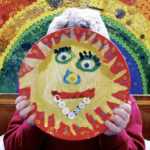The CurriculumIn education, a curriculum (or curricula) is broadly defined as the totality of student experiences that occur in the educational process. The term often refers specifically to a planned... is made up of several elements.
- The first element is the ‘Subject Content’. This is the content, knowledgeFacts, information, and skills acquired through experience or education; the theoretical or practical understanding of a subject. and skillsTechniques and attributes acquired through learning, engagement and practice specific to each subject and although some content can be connected to other subjects in various ways, it is not replicated in all or other subjects.
- The second element is the cross-curricular ‘Aspects’. This includes the ‘knowledge and skills’ needed across all subjects, but significant in their core subject, such as Numeracy and Literacy, but also digital literacy and visual literacyVisual literacy is the ability to interpret, negotiate, and make meaning from information presented in the form of an image, extending the meaning of literacy,.... Within curriculum aspects, we also expect to see contexts to learning that feature in all or most subjects to a greater or lesser extent, such as career opportunities or awareness, and the promotion of individual development characteristics such as creativityCreativity is a characteristic of someone or some process that forms something new and valuable. The created item may be intangible or a physical object...., mental health and wellbeing, managing own learning and enjoying learning as a precursor to lifelong learning. Collectively, these two elements – subject content and aspects – are thought of as the ‘formal’ curriculum.
- The third element is the ‘Themes & Dimensions’. These explore what can and should be covered within all curriculum subjects. Themes& dimensions use subject-specific content that will probably appear very different and emphasised in very different ways from subject to subject.
Curriculum Themes and Dimensions are therefore areas of study that are truly cross-curricular, which function as a context for subject-based learning. They are concerned with the human condition, human life and the whole world, defining who we are and how we relate to and interact with others.
ArtArt refers to a diverse range of human intellectual and expressive activities and the outcomes of those activities. Within this context art is further defined... educators are encouraged to consider ways in which themes & dimensions might feature within their planned projects and lessons.
This can vary substantially between subjects, but they are part of what we think of as the ‘hidden curriculum’ contributing to broader social learning. They embrace norms, values and shared beliefs held by cultures and societies which contribute to a school ethos.
Curriculum themes & dimensions will require empathy and the acknowledgement of our differences and similarities, such as the spiritual, moral, social and cultural (SMSC) dimensions, citizenship and social values, environmental awareness, equity, diversity and healthy lifestyles, to name just a few.
